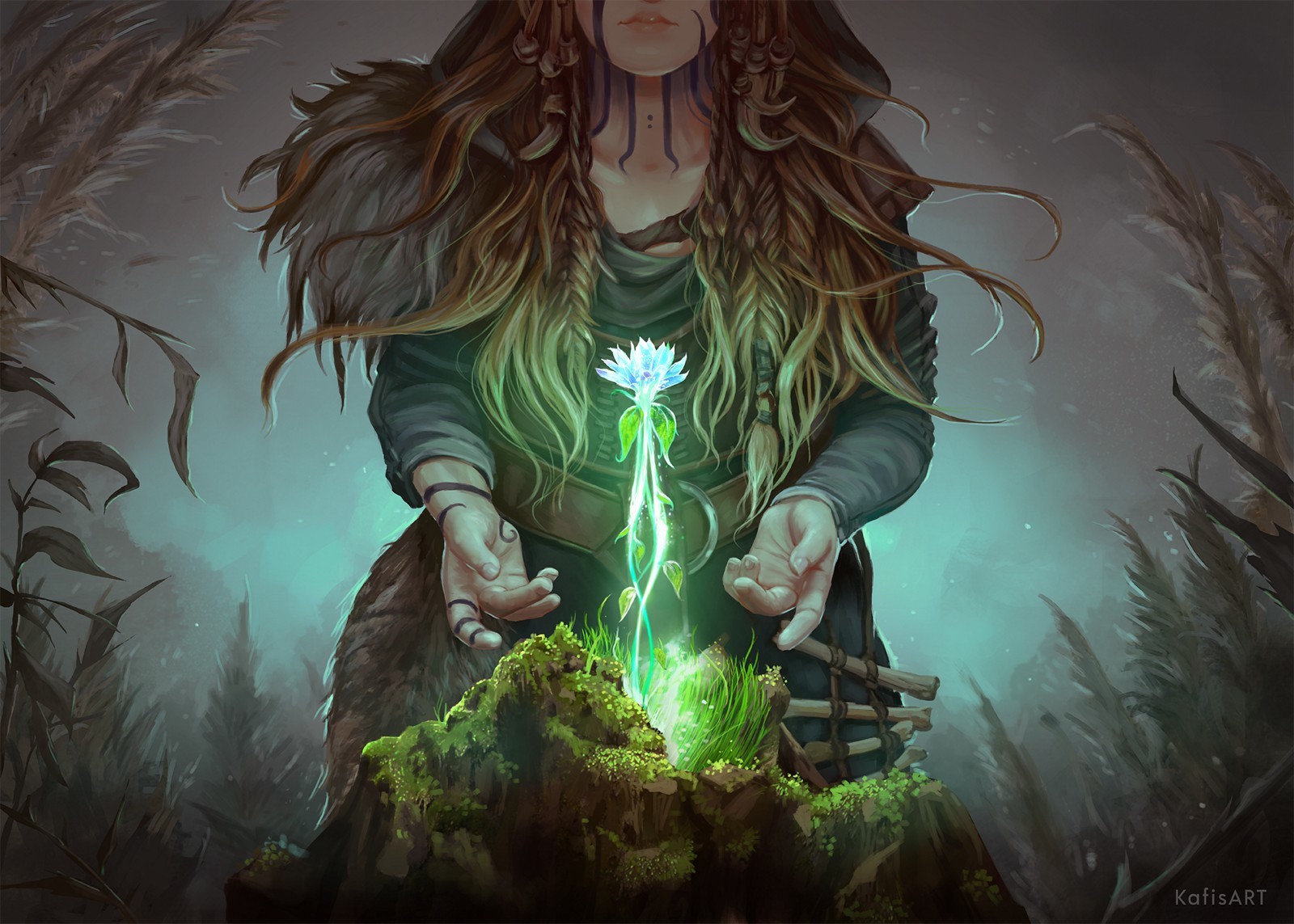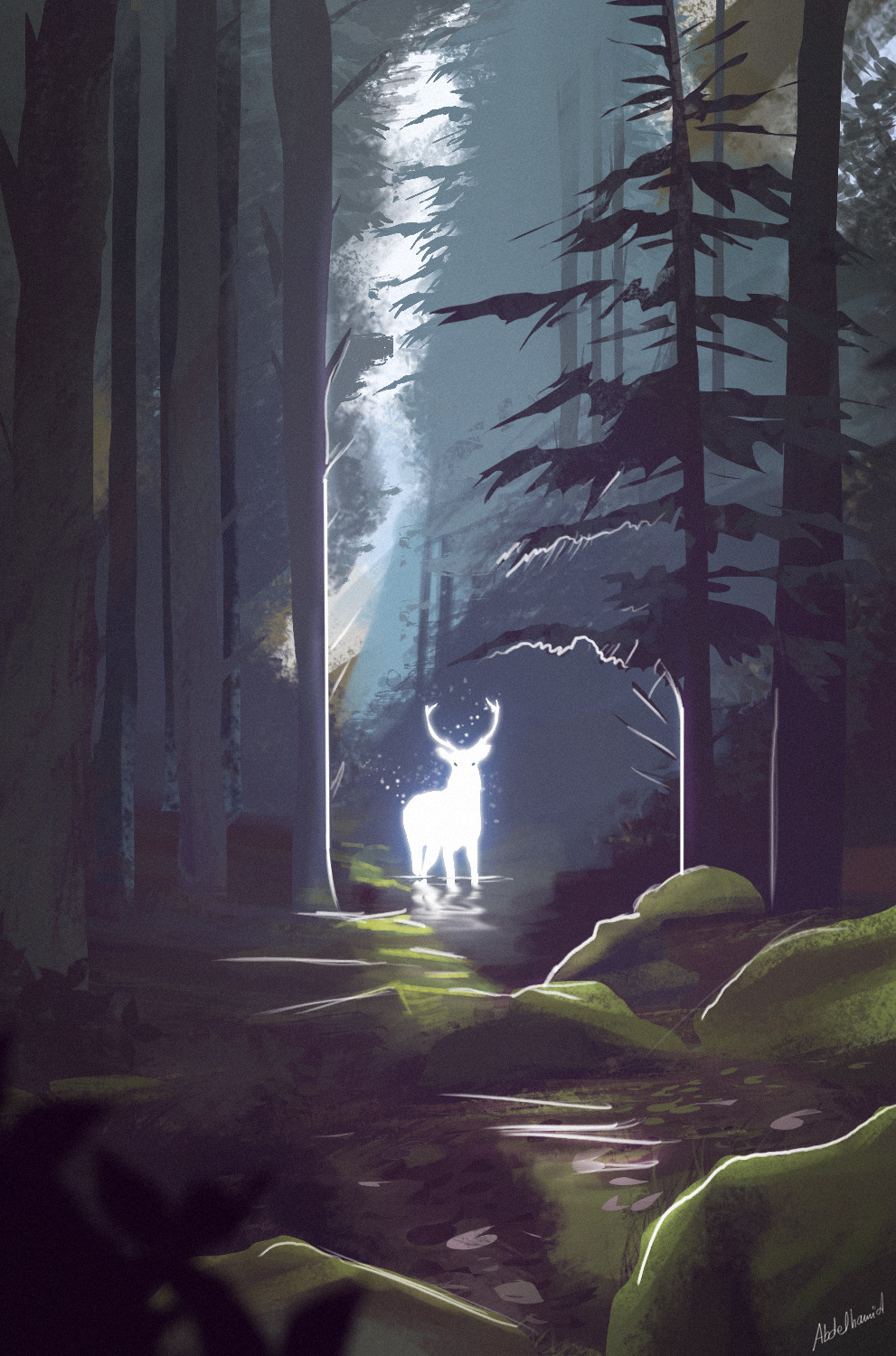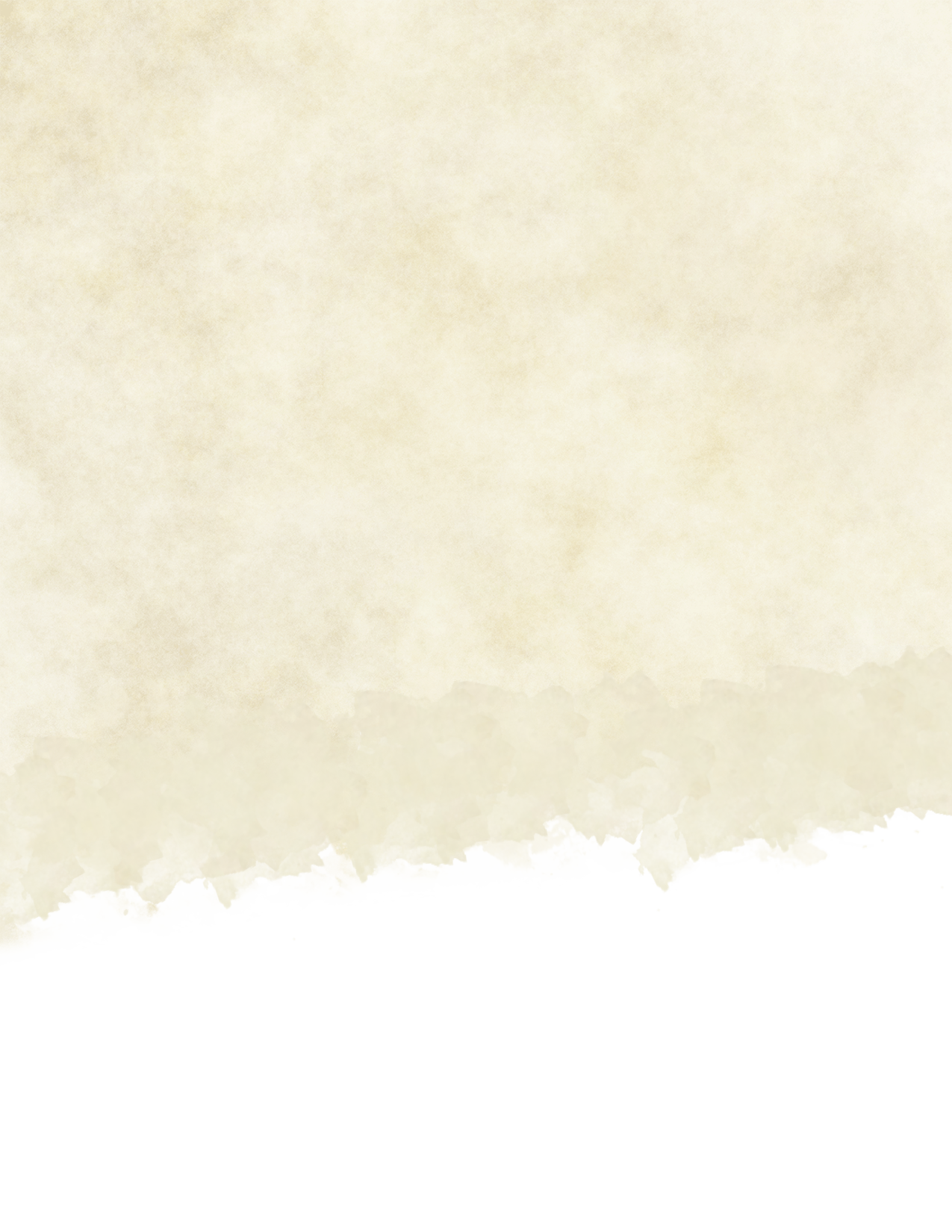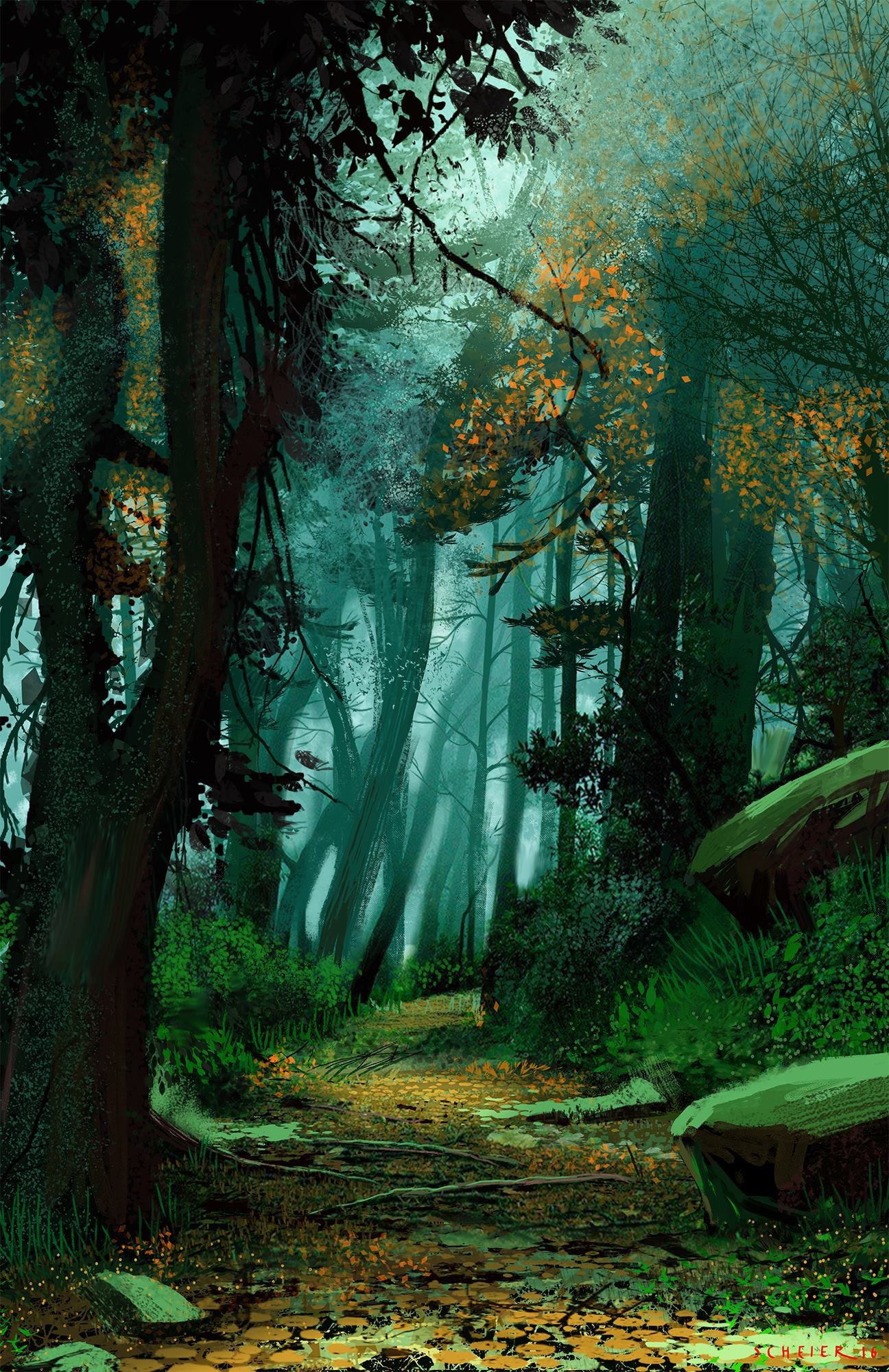
Additional Druid Circles
and
Features

Optional Druid Features
Spirit Tongue
1st-level druid feature, which replaces the Druidic feature.
You know Druidic, the secret language of druids. You can speak the language and use it to leave hidden messages. You and others who know this language automatically spot such a message. Others spot the message’s presence with a successful DC 15 Wisdom (Perception) check but can’t decipher it without magic.
Starting at 2nd level, you learn the tongue of wing and fur and scale. Beasts can understand your speech, and you gain the ability to decipher their noises and motions. Most lack the intelligence to convey or understand sophisticated concepts, but a friendly beast could relay what it has seen or heard in the recent past. This ability doesn’t immediately grant you friendship with them or predispose them to help you, though you can combine this ability with gifts to curry favor with them as you would with any nonplayer character.
Beginning at 10th level, you can speak to sap and branch and root. You can communicate in this way with plants as well as with beasts.
Skinwalker's Talons
2nd-level Circle of the Moon feature.
Starting at 2nd level, you learn the primal savagery cantrip, which doesn't count against your number of cantrips known.
Enhanced Wild Shape
10th-level Circle of the Moon feature, which replaces the Elemental Wild Shape feature.
At 10th level, when you use your Wild Shape to transform into a beast, you stretch nature's power to its limit. When you use your Wild Shape, you gain temporary hit points equal to twice your druid level. Additionally, for the duration of your Wild Shape, you gain one of the following benefits of your choice:
- Blinding Poison. As a bonus action, you can spit a glob of blinding bile and poison in the face of a creature within 10ft. The target must succeed on a Constitution saving throw against your spell save DC or be blinded for 1 minute. The blinded target can repeat the saving throw at the end of each of its turns, ending the effect on itself on a success.
- Constrictor. When you hit a creature with a melee attack, you can attempt to grapple the target as a bonus action.
- Crepuscular. You gain darkvision with a range of 60ft.
- Digging Claws. You gain a burrowing speed equal to your current walking speed.
- Echolocation. You gain blindsight with a range of 60ft. You can't use your blindsight while deafened.
- Fin and Gill. You can breathe water and you gain a swimming speed equal to your walking speed.
- Hallucinogenic Toxins. You release toxic gas or spores that produces a fear response in creatures in close proximity. When a creature you can see moves into a space within 10 feet of you or starts its turn there, you can use your reaction to force it to make a Constitution saving throw against your spell save DC or be frightened of you for 1 minute. The frightened target can repeat the saving throw at the end of each of its turns, ending the effect on itself on a success.
- Keen Hearing. You have advantage on Wisdom (Perception) checks that rely on hearing.
- Keen Sight. You have advantage on Wisdom (Perception) checks that rely on sight.
- Keen Smell. You have advantage on Wisdom (Perception) checks that rely on smell.
- Ramming Horns. If you move at least 20 feet straight toward a target and then hit it with a melee attack on the same turn, the target must succeed on a Strength saving throw against your spell save DC or be knocked prone.
- Spider Climb. You gain a climbing speed equal to your current walking speed. Additionally, you can climb difficult surfaces, including upside down on ceilings, without needing to make an ability check.
- Venomous. Once per turn when you deal piercing or slashing damage to a creature, the target must succeed on a Constitution saving throw against your spell save DC or be poisoned for 1 minute. The poisoned target can repeat the saving throw at the end of each of its turns, ending the effect on itself on a success.
- Wings. You gain a flying speed equal to your current walking speed.
Friend of the Fair Folk
2nd-level Circle of Dreams feature.
At 2nd level, you gain the ability to converse with fey. You can speak, read, and write Sylvan.
Additionally, your time amongst the fey has made you an expert in spotting their tricks and ruses. Whenever you make a Wisdom (Perception) or Wisdom (Insight) check when interacting with fey, you are considered proficient in the skill and add double your proficiency bonus to the check, instead of your normal proficiency bonus.
Circle of the Forest
While most druids have a kinship with the woods and forests, druids who belong to the Circle of the Deep Forest have such an affinity that many wonder where the forest ends and the druid starts. Legends say that the first of these druids were treants who took human form, but such things are lost to legend.
These druids feel most comfortable deep in the green wilderness, and place great value in its unspoiled form, sharing a world view more in common with dyrads and treants than other mortals. At your option, you can pick from or roll on the Circle of the Forest Quirks table to create a quirk for your character.
Circle of the Forest Quirks
| d6 | Quirk |
|---|---|
| 1 | You have a strong dislike of fire, and put them out wherever possible. |
| 2 | You have an irrational fear of saws and axes. |
| 3 | You find other mortals to always be in a terrible hurry. |
| 4 | You can taste 14 flavors of sunlight. Most of them are delicious. |
| 5 | Your hair is a deep, forest green. On a bad hair day, you can't get the leaves out of your hair. |
| 6 | You tend to simply say your own name as means of communication. |
Circle Spells
2nd-level Circle of the Forest feature
Your magical attunement with the power of root and leaf and branch grants you access to certain spells. At 2nd level, you learn the shillelagh cantrip.
At 3rd, 5th, 7th, and 9th level you gain access to the spells listed for that level in the Circle of the Forest Spells table. Once you gain access to one of these spells, you always have it prepared, and it doesn’t count against the number of spells you can prepare each day. If you gain access to a spell that doesn’t appear on the druid spell list, the spell is nonetheless a druid spell for you.
Circle of the Forest Spells
| Druid Level | Spells |
|---|---|
| 2nd | shillelagh, ensnaring strike, entangle |
| 3rd | barkskin, spike growth |
| 5th | create food or water, plant growth |
| 7th | grasping vine, guardian of nature |
| 9th | tree stride, wrath of nature |


Oaken Fortitude
2nd-level Circle of the Forest feature
At 2nd level, your body is infused with the magic of root and and branch through your body, hardening your limbs into gnarled branch-like clubs. Your gnarled, branchlike limbs are natural weapons, which you can use to make unarmed strikes. If you hit with them, you can deal bludgeoning damage equal to 1d4 + your Strength modifier, and they count as clubs for the purposes of spells such as shillelagh.
Additionally, parts of your skin are covered by a magical layer of sturdy bark. When you aren’t wearing armor, your AC equals 10 + your Constitution modifier + your Wisdom modifier.
Forest Form
2nd-level Circle of the Forest feature
Also at 2nd level, you gain the ability to activate the deep magic of old forests that infuses your body. As a bonus action, you can expend a use of your Wild Shape feature to assume a treelike form; your skin turns to bark, you sprout moss and vines, and leaves and flowers unfurl in your hair.
While this feature is active, you gain the following benefits:
- If you are smaller than Large, you become Large, along with anything you are wearing. If you lack the room to become Large, your size doesn’t change.
- You can use your Wisdom modifier in place of your Strength modifier when making Strength ability checks and saving throws.
- When you hit a creature with an unarmed strike on your turn, you can use a bonus action to attempt to grapple the target.
These benefits last for 1 minute or until you use your Wild Shape again.
Extra Attack
6th-level Circle of the Forest feature
You can attack twice, instead of once, whenever you take the Attack action on your turn.
Old Growth
10th-level Circle of the Forest feature
You gain the endurance of the of the ancient forests. When you activate your Forest Form feature, you gain temporary hit points equal to half your druid level + your Wisdom modifier.
Additionally, if you are exposed to direct sunlight for at least one hour, you don’t need to eat for the next 24 hours, and you can drink by absorbing water directly through your skin.
Crushing Grasp
14th-level Circle of the Forest feature
Your intimate connection to the ancient forests of the world allows you to stimulate wild plant growth at will. While your Forest Form feature is active, you grow a number of grasping roots and branches equal to your Wisdom modifier. These roots and branches function as rudimentary limbs that can grapple enemies.
Additionally, any creature grappled or restrained by you (by a grapple or a spell such as entangle) takes bludgeoning damage equal to 2d6 + your Wisdom modifier at the start of their turn as your grasp crushes them.


Circle of Growth
Druids of the Circle of Growth draw their power from the energizing power of plant growth, wielding the power of blossom and bloom.
These druids use the boisterous magic of wild growth to invigorate their allies.
At your option, you can pick from or roll on the Circle of Growth Quirks table to create a quirk for your character.
Circle of Growth Quirks
| d6 | Quirk |
|---|---|
| 1 | Flowers bloom and plants sprout slowly around and from you. |
| 2 | Items made of timber awaken when you are nearby, sprouting buds and leaves. |
| 3 | You always smell like wildflowers and freshly mown grass. |
| 4 | Your presence provokes violent hayfever in those with allergies. |
| 5 | You treat new buds and shoots like precious babies. |
| 6 | Clothes you wear slowly change to have floral patterns. |
Circle Spells
Your natural affinity with the germination and growth of plants allows you to cast certain spells. At 2nd, 3rd, 5th, 7th, and 9th level you gain access to circle spells. Once you gain a circle spell, it is always prepared, it doesn't count against the number of spells you can prepare, and it is considered a druid spell for you.
Circle of Growth Spells
| Druid Level | Spells |
|---|---|
| 2nd | thorn whip, entangle, goodberry |
| 3rd | barkskin, spike growth |
| 5th | create food or water, plant growth |
| 7th | death ward, grasping vine |
| 9th | awaken, wall of thorns |
Lashing Vines
At 2nd level, you learn the thorn whip cantrip if you don't already know it, and it gains the following enhancements in addition to its normal effects:
- You can target and pull a willing creature using the whip without damaging it.
- You can use the whip to manipulate an object, open an unlocked door or container, stow or retrieve an item from an open container, or pour the contents out of a vial. It can't activate magic items or carry more than 10 pounds.
- When you cast thorn whip, it deals an additional 1d6 damage. In addition, you can have the whip originate from any creature that you can see that is benefiting from flowers grown by your Bloom Form feature.


Bloom Form
Also at 2nd level, you have learned to assume a form in which you draw on the power of growth to aid your allies. As a bonus action, you can expend a use of your Wild Shape feature to assume your Bloom Form for 1 minute or until you use your Wild Shape again. Leaves and vines spiral through your hair, and lush grass and gorgeous flowers blossom all over your body.
While this feature is active, you can use a bonus action to summon a cluster of magical flowers that bloom across the body of you or a creature within 30 feet of you that you can see. You summon these flowers as part of the bonus action used to assume your Bloom Form. Whenever you summon flowers, you can also grow them on yourself as part of the same bonus action. You select the type of bloom, with the chosen type of flowers granting their listed benefit to the creature:
- Lavender. These purple flowers symbolize power. The creature can add 1d4 to Strength checks, Strength saving throws, and attacks rolls using Strength. Additionally, if it rolls a 1 on a damage die for a melee weapon attack using Strength, it can reroll the die and must use the new roll, even if the new roll is a 1.
- Chamomile. These small white flowers embody speed and agility. The creature can add 1d4 to Dexterity checks, Dexterity saving throws, and attacks rolls using Dexterity. Additionally, if it rolls a 1 on the d20 for an ability check or saving throw to avoid being grappled or knocked prone, it can reroll the die and must use the new roll.
- Dandelion. These small yellow flowers stand for hope. The creature can add 1d4 to its Constitution checks and saving throws, and if it rolls a 1 on the d20 for a saving throw against being poisoned or diseased, it can reroll the die and must use the new roll.
- Lily. These flowers, often white or pink, personify honor. The creature can add 1d4 to its Wisdom checks, Wisdom saving throws, and attacks rolls using Wisdom. Additionally, if it rolls a 1 on the d20 for a Wisdom (Insight) or (Perception) check, it can rerthe FOrestoll the die and must use the new roll.
- Iris. These elegant violet and purple flowers symbolise learning and thoughtfulness. The creature can add 1d4 to its Intelligence checks, Intelligence saving throws, and attacks rolls using Intelligence. Additionally, if it rolls a 1 on the d20 for a saving throw against a spell or magical effect, it can reroll the die and must use the new roll.
- Sunflower. These bright yellow flowers reflect the sun and inspire joy. The creature can add 1d4 to its Charisma checks, Charisma saving throws, and attacks rolls using Charisma. Additionally, if it rolls a 1 on the d20 for a saving throw against being charmed or frightened, it can reroll the die and must use the new roll.
The flowers last until your Bloom Form ends, and a creature can only benefit from one type of flower growing on it at a time; if a new type of flower is grown on a creature, the previous flowers wither and die.
Toxic Blossoms
At 6th level, your blossoms empower the spells and weapons of your allies with toxic barbs and poisonous spores.
Whilst your Bloom Form is active, when a creature who is benefiting from flowers from that feature deals damage with an attack or spell, the attack or spell deals an extra 1d4 poison damage to the target. The target can take this extra damage only once per turn, and the poison damage increases to 1d6 at 10th level, 1d8 at 14th level and 1d10 at 18th level.
Deep Roots
At 10th level, you are further empowered by the exuberance of growth. You gain resistance to poison and necrotic damage and you are immune to being paralyzed or poisoned.
Unfettered Growth
At 14th level, the boisterous flowers you summon protect your allies from harm. Whilst your Bloom Form is active, any creature who is benefiting from flowers from that feature gains temporary hit points equal to your Wisdom modifier at the start of each of its turns.



Circle of the Shaman
Druids of the Circle of the Shaman commune with the spirits of nature, especially the spirits of beasts, and call to those spirits for aid. These druids recognize that all living things play a role in the natural world, yet they focus on protecting creatures that have difficulty defending themselves. Shamans work to keep spirits and creatures in harmony with civilization. They ward off monsters that threaten forests, rebuke hunters who kill more prey than necessary, and prevent civilization from encroaching on rare animal habitats. At your option, you can pick from or roll on the Circle of the Shaman Quirks table to create a quirk for your character.
Circle of the Shaman Quirks
| d6 | Quirk |
|---|---|
| 1 | You prefer the company of animals to the company of people. |
| 2 | You allow small animals to live on you; spiders spin webs in your ears, and birds nest in your hair. |
| 3 | You often get distracted by the whispering of spirits. |
| 4 | You consult the spirits before making any important decision. |
| 5 | You treat animals exactly like people, and find it confusing when others don't. |
| 6 | You find it difficult to remember peoples names, and liken most people to animals instead. |
Circle Spells
Your relationship with the spirits infuses you with the ability to cast certain spells. At 2nd, 3rd, 5th, 7th, and 9th level you gain access to additional spells. These spells are always prepared, don't count against the number of spells you can prepare each day, and they are considered druid spells for you.
Circle of Shaman Spells
| Druid Level | Spells |
|---|---|
| 3rd | infestation, animal friendship, find familiar |
| 3rd | healing spirit, summon beast |
| 5th | spirit guardians, summon fey spirit |
| 7th | find greater steed, conjure woodland beings |
| 9th | conjure elemental, insect plague |
All Creatures Great and Small
Starting at 2nd level, you learn the infestation cantrip.
Spirit Totem
Starting at 2nd level, you can call forth nature spirits to influence the world around you. As a bonus action, you can you can expend a use of your Wild Shape feature to magically summon an incorporeal spirit to a point you can see within 60 feet of you for 1 minute or until you use your Wild Shape again. It counts as neither a creature nor an object, though it has the spectral appearance of the creature it represents. The spirit creates an aura in a 30-foot radius around itself.


The spirit’s aura has an effect that activates when you summon it, and you can activate the effect again on each of your turns as a bonus action. When you activate it, you can move the spirit up to 60 feet to a point you can see. Your aura’s effect depends on that chosen spirit, as detailed below:
- Bear Spirit. The spirit of the bear grants you and your allies its might and power. When this effect is activated, each creature of your choice can repeat a failed Strength saving throw against one effect on itself that is causing it to be grappled or restrained, ending the effect on a success. In addition, you and your allies gain advantage on Strength checks and Strength saving throws while in the aura.
- Wolf Spirit. The spirit of the wolf grants you and your allies its speed and nimbleness. When this effect is activated, each creature of your choice in the aura can use it's reaction to move up to half its speed without provoking opportunity attacks. In addition, you and your allies gain advantage on Dexterity checks and Dexterity saving throws while in the aura.
- Mammoth Spirit. The spirit of the mammoth grants you and your allies its indomitable toughness. When this effect is activated, you and each creature of your choice in the aura gains temporary hit points equal to your Wisdom modifier. In addition, if you cast a spell using a spell slot that restores hit points to any creature inside or outside the aura, each creature of your choice in the aura also regains hit points equal to your druid level.
- Hawk Spirit. The hawk spirit is a consummate hunter, aiding you and your allies with its keen sight. When this effect is activated, you and each creature of your choice in the aura can see invisible creatures and objects as if they were visible until the start of your next turn. In addition, you and your allies gain advantage on Wisdom checks and Wisdom saving throws while in the aura.
- Peacock Spirit. The proud spirit of the peacock allows you to throw off befuddling magic. When this effect is activated, each creature of your choice can repeat a failed saving throw against one effect on itself that is causing it to be charmed or frightened, ending the effect on a success. In addition, you and your allies gain advantage on Charisma checks and Charisma saving throws while in the aura.
Mighty Summoner
Starting at 6th level, creatures that you conjure are more resilient than normal. Any creature summoned or created by a spell that you cast gains the following benefits:
- The creature appears with more hit points than normal: 2 extra hit points per Hit Die it has.
- The damage from its natural weapons is considered magical for the purpose of overcoming immunity and resistance to nonmagical attacks and damage.
- When a beast or fey that you summoned or created with a spell ends its turn in your Spirit Totem aura, that creature regains a number of hit points equal to half your druid level.
Spirit-Talker
Beginning at 10th level, you enhance your ability to consult and commune with ancient spirits. You can speak, read, and write Primordial. Additionally, whenever you make a Charisma check when interacting with elementals, your proficiency bonus is doubled if it applies to the check.
Additionally, you can cast augury, commune or commune with nature as a ritual, even if you don’t have the spell prepared. When you cast any of these spells in this way, a spirit of nature appears to you to convey the information you seek, rather than a deity.
Spirit Form
Starting at 14th level, the nature spirits you commune with lend you their power. When you summon your Spirit Totem, you have a flying speed equal to your walking speed, and you can hover.
Additionally, while you have your Spirit Totem summoned, if you are hit by an attack you can use your reaction to deal 2d6 force damage to your attacker unless it succeeds on a Dexterity saving throw against your spell save DC.



Notes v2:
Added Spirit Tongue feature
All druids should be able to talk to all animals all the time and I will die on this hill. Doesn't mean you can magically summon armies of sparrows or a loved dog will magically kill its owner for you, but you should be able to talk to them.
Added Skinwalker's Talons feature
Ribbon. I like cantrips. Moar cantrips = moar fun.
Added Enhanced Wild Shape feature
This is supposed to be the turn-into-animals druid, and by the end of it you're not ever really turning into animals. THis is an attempt to keep beasts relevant, congrats now your t-rex can fly.
Added Friend of the Fair Folk feature
Ribbon. Why on earth can a Fey druid not speak Sylvan. Took the idea (loosely) from the Fey Wanderer ranger's Otherworldly Glamour feature, but instead of being more Charismatic you're extra good at seeing through their tricksy fey shenanigans.
Added Circle of the Shaman
- Reskinned Circle of the Shepherd with some tweaks. Is it really needed? Not really no- I just wanted to move away from Shepherd as "the beast druid" because that should be ALL druids, and thematically change it to be the spirit druid.
- Ribbon of infestation (worst cantrip but summoning a bunch of fleas or whatever is fun)
- Added circle spells
- Main tweak is to the spirit; recut the the options into one for each ability,
- Replaced level 10 feature with some ribbon ritual spells (they get the previous level 10 ability at level 6).
- Changed the capstone to be more fun (who wants a capstone that only happens when you hit 0hp?)
General
- Changed Forest Form and Bloom Form to be bonus action activations instead of actions
- Fixed some typos.

When spring unfolds the beechen leaf and sap is in the bough
Art Credits
- Front Cover: 'Spring Spell' by Kasia 'Kafis' Zielińska
- Back Cover: 'Forest Passageway' by Jason Schier
- Page 3: 'Treebeard' by Even Amundsen
- Page 4: 'Blightwoods' by Even Amundsen
- Page 5: 'The Orchard Queen' by Anndr Pazyniuk
- Page 6: 'Nymph Iwona Concept Art' by Doriana Dream
- Page 7: 'Nature Spirit' by Abdelhamid Zekri
- Page 8: 'Forest Princess' by Randy Vargas
- Rooster Icon in front cover "Rooster Homebrew" splotch made by Smashicons from www.flaticon.com
More Credits
Maybe you have so many people to give credit to that you need a bit more space. Well, you can use this column to do exactly that!